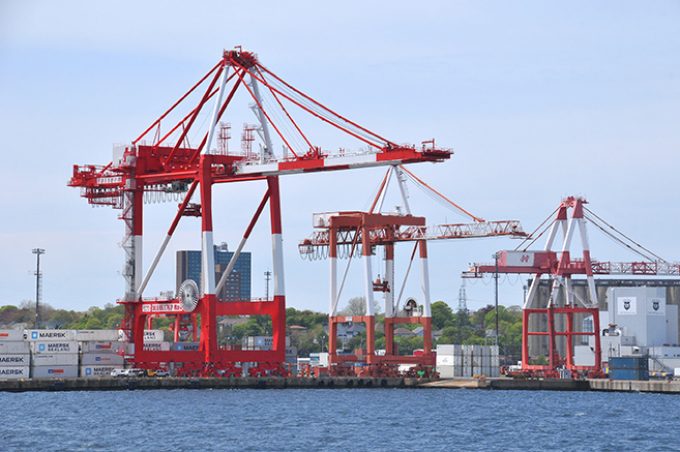
Companies that are moving cargo through the Canadian gateway of Halifax can now check via the port’s website how containers pass through the terminals.
The port authority displays real-time turnaround times at its two container facilities, South End Terminal and Fairview Cove Terminal.
“We were working with the terminals ...


Comment on this article